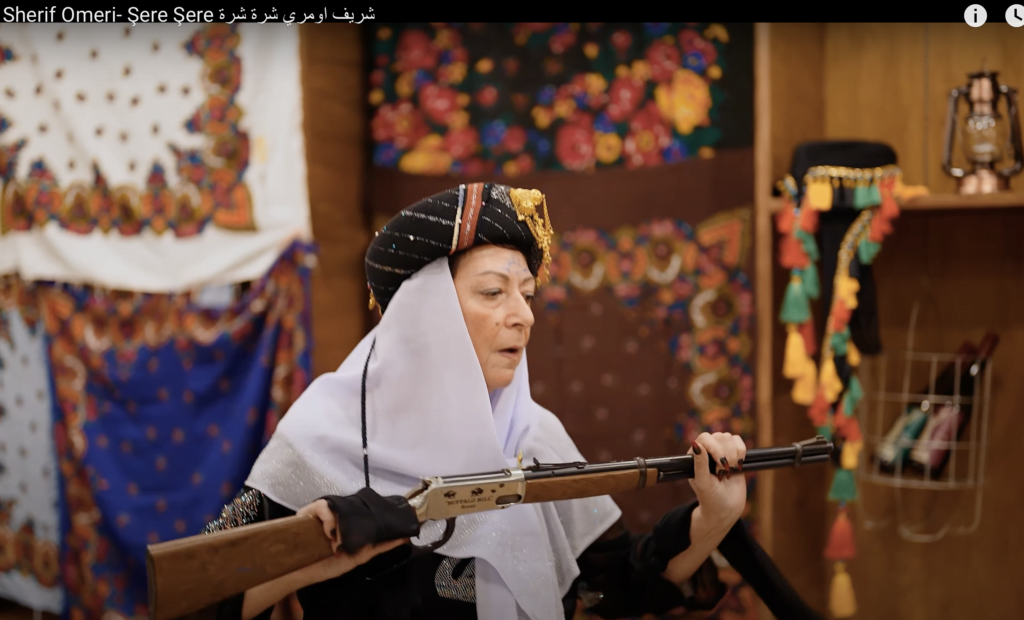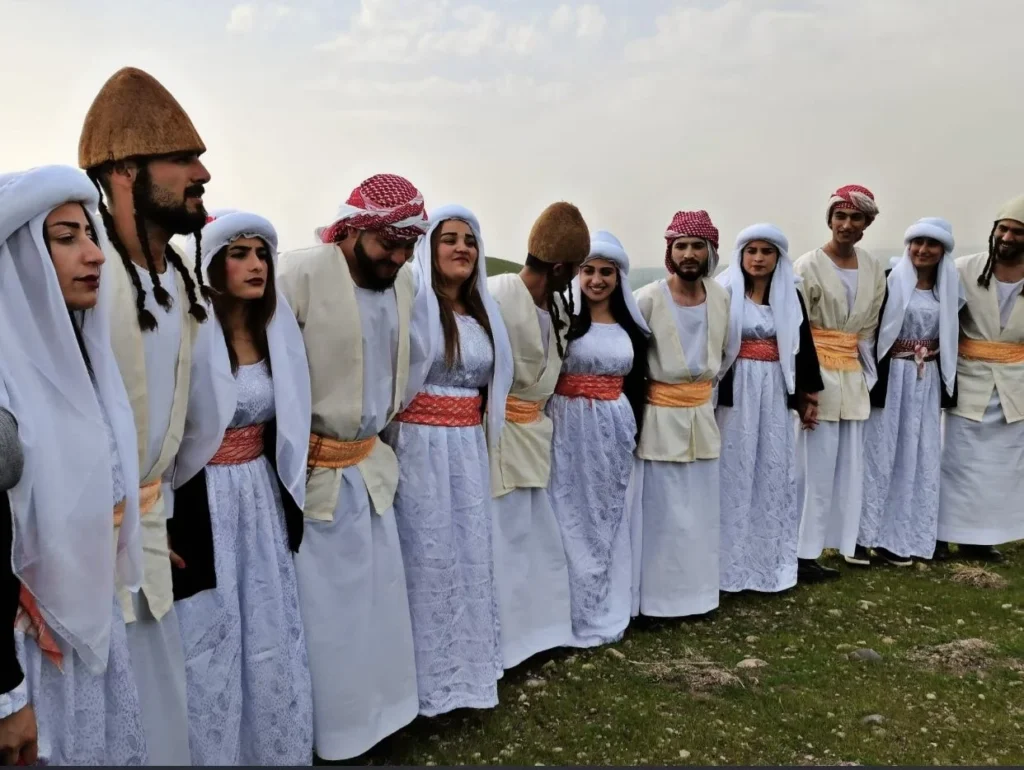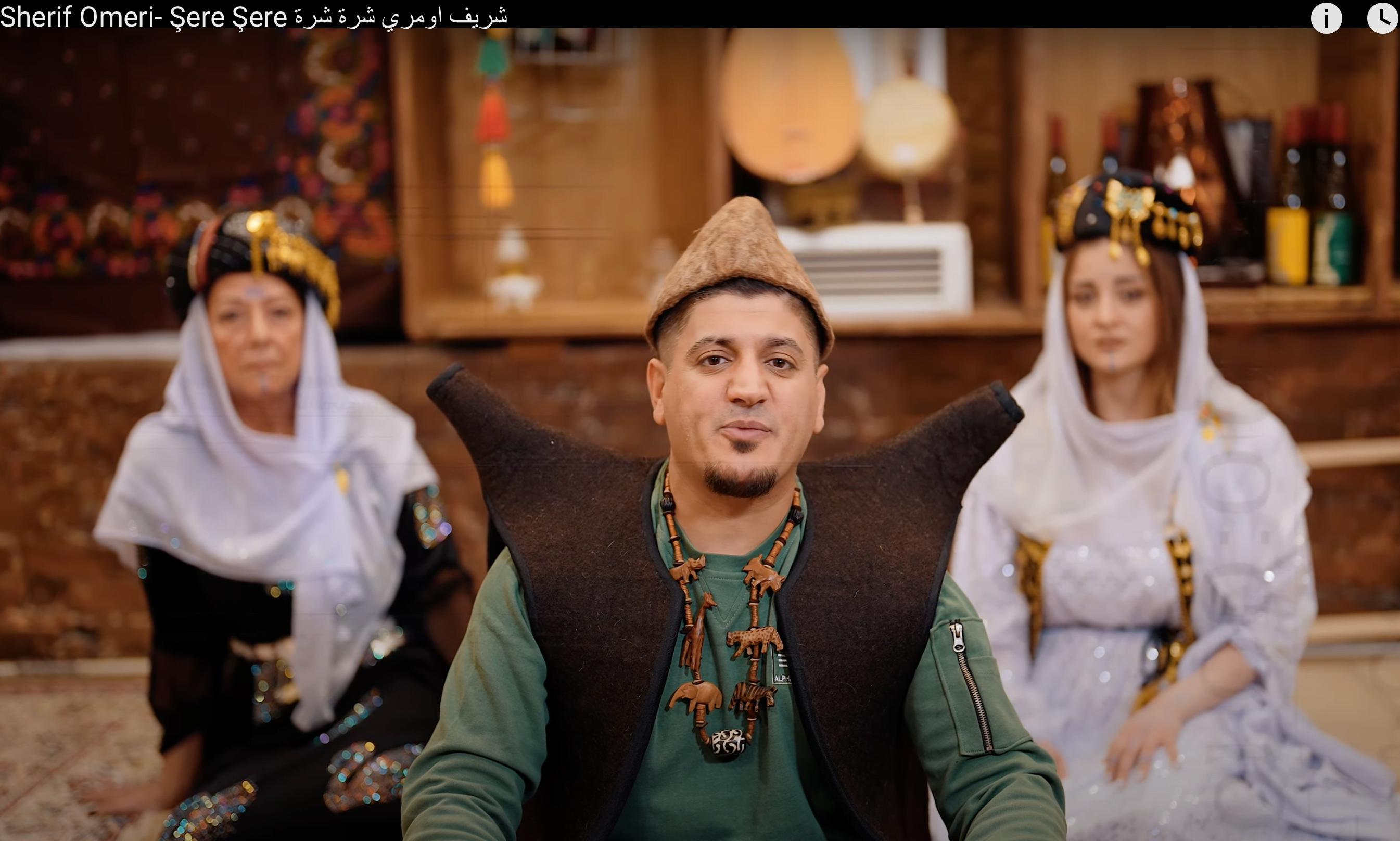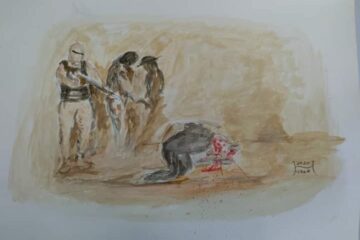Cultural appropriation: a “new” form of kurdish propaganda
On December 17, 2023, the kurdish singer Sherif Omeri released his music video on YouTube. The song is named “Şere Şere” and means “It’s war, It’s war”.
People are free to compose and create songs along with music videos as they wish because artistic expression is a fundamental aspect of individual freedom. Music serves as a powerful medium through which individuals can convey their emotions, thoughts, and experiences. This creative autonomy allows artists to explore diverse themes, styles, and narratives, contributing to the rich tapestry of human culture. The freedom to compose and create music videos enables artists to express their unique perspectives, challenge societal norms, and inspire change. It fosters a culture of innovation, self-discovery, and connection, where artists can connect with audiences on a personal and emotional level. Embracing this freedom not only enhances artistic diversity but also promotes a more inclusive and dynamic society that values the myriad ways in which individuals choose to share their stories and perspectives through the universal language of music.
However, what is problematic with the current music video is the fact that the music video includes Ezidi traditional clothes and more importantly, a woman wearing who dance and pose with weapons. This is cultural appropriation.

Wearing traditional clothing is a form of cultural expression and identity for the Ezidi people. The current music video and in the context the traditional outfit is being portrayed by these individuals, who are outsiders to the Ezidi culture, is a disregard for the cultural authenticity and significance attached to those items. Traditional clothing often holds deep symbolic meaning within a culture. For the Ezidi people, their traditional attire represents a connection to their history, religious beliefs, and cultural heritage. Using these garments in a context where a woman is holding a weapon and wielding it in the air is disrespectful to the Ezidi religion and culture.
Yazidi children wearing traditional Ezidi clothes at a festival. pic.twitter.com/GCHtDb2Lcs
— Yazidis – Ezidis 𒀭 (@realYazidis) July 23, 2023

The Ezidis practice a religion called “Sharfadin” according to which war and aggressive behaviours towards other people is prohibited. No Ezidi women would ever hold a gun in the manner which the woman in the Kurdish music video is doing. This is not only cultural appropriation, disrespect and a total disregard to the Ezidi religion, but it is also unclear why the Ezidi cultural clothes are being showcased in a Kurdish music video. Including traditional clothing and guns in music videos perpetuates stereotypes and misrepresent the Ezidi culture. It is essential to avoid reducing a rich and diverse culture to a set of symbols that do not accurately reflect the people’s values, history, or current struggles.
According to the claims of many kurds; they have a long history and thereby their own culture. Subsequently, the question needs to be raised as to why they portrayed Ezidi clothes in their video? Don’t the kurds have their own traditional outfits? It is important to remember that the Ezidis have long been subject to persecution due to their unique ethnoreligious identity but have still chosen to not reply to killing by more killings. Instead, they have resettled in other territories (several times) in order to avoid further oppression. It is therefore not only disrespectful to depict a Ezidi woman in this manner but it is also ironic. It’s ironic that harmless people such as the Ezidis are associated with guns and with wars.


The lyrics in the music video glorify war and advocates warfare. Furthermore, it includes several references to “kurd” and “Kurdistan”. Evidently, the underlying cause for the video, apart from inspiring “kurds” to fight, is also to assimilate the Ezidis with the kurds. Looking at how the video is representing the Ezidi culture by including females wearing traditional Ezidi veils and headdress, it is clear that it implies that the Ezidis are kurds too. Essentially, this is a typical example of Kurdish propaganda and an attempt to kurdification of the Ezidi identity. Several disgruntled comments have been posted by Ezidis on the youtube video and also in Instagram, however, it seems like the page administrator for the channels are actively deleting these comments.
In conclusion, while artistic freedom is a cornerstone of individual expression and societal dynamism, it is crucial to recognize the ethical boundaries that should guide creative endeavours. The kurdish singer Sherif Omeri’s music video, “Şere Şere,” indeed exemplifies the power of music as a medium for expression, by connecting artists with audiences on emotional levels. However, the incorporation of Ezidi traditional clothes in conjunction with weapons, as showcased in the video, raises valid concerns of cultural appropriation. This act not only disregards the sacred symbolism embedded in the Ezidi attire but also disrespects the religious values of the Ezidi people, who follow the Sharfadin faith that expressly prohibits war and aggression. The irony lies in the fact that the peaceful Ezidis, historically subjected to persecution, are now portrayed in a manner contradictory to their ethos—associated with guns and warfare. Furthermore, the video’s attempt to assimilate Ezidis with Kurds, evident in the lyrics and portrayal of traditional veils, raises concerns of cultural misrepresentation and a subtle form of kurdification. In the pursuit of artistic expression, it is essential to navigate these nuanced cultural sensitivities with respect, fostering dialogue rather than perpetuating stereotypes. The grievances expressed by the Ezidis in comments, albeit subject to deletion, underline the importance of acknowledging and addressing these concerns for a more inclusive and culturally sensitive artistic landscape.
Ezidi Times turns to kurds and asks them to not use clothes, symbols and other elements associated with the Ezidis, or other people for that matter. Use your own clothes and symbols which are associated with your own (kurdish) identity; a different behaviour in this question shows absence of an actual “kurdish identity” and the eminent lack of respect towards other peoples and their cultures.


0 Comments